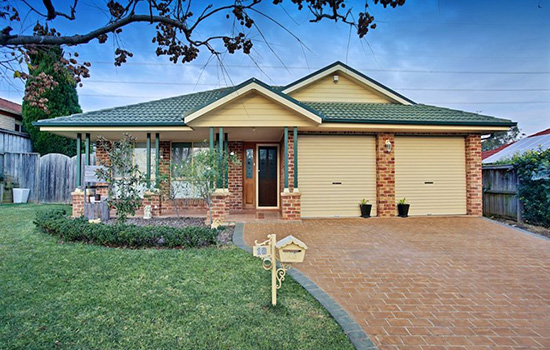You can’t tax something to make it cheaper
- Written by Tim McKibbin, CEO, Real Estate Institute of NSW

With voters heading to the polls on Saturday, housing affordability will be top of mind for many. But the NSW Government’s plan to introduce a new tax on property to somehow make it more affordable defies basic logic.
Though the fine details of the proposed tax remain a mystery, the premise is that purchasers can choose to pay stamp duty up-front or an ongoing tax for as long as they own the property, and this is somehow expected to deliver an improvement in affordability.
It’s a plan that is nonsensical.
You can’t tax something to make it cheaper. It’s like getting COVID to improve your health.
But of greater concern are the risks a property tax poses, especially to vulnerable people. If someone can’t pay their Council rates, the Council has the right to sell their home. How many people will be forced down this path if they have to pay a property tax as well?
Then there’s the potential for the property tax to create a two-speed market. A purchaser can choose to pay stamp duty or the property tax, but if it’s the latter, a future purchaser won’t have the same choice, as the property will have already entered the property tax regime – and there’s no way out.
It will upset demand for that property. Potential buyers must be willing to pay the property tax, whereas other properties will still offer a choice, and therefore be in greater demand.
And for existing home owners who paid stamp duty, there’s a disincentive to sell and buy again, because they will have to pay the property tax.
Affordability is inextricably linked to supply. Disincentivising people from selling is at direct odds with freeing up available housing stock.
The exorbitant cost of stamp duty is one of the major hurdles for first home buyers. But with the current financial year budget for stamp duty on track to be exceeded by an enormous $3 billion, to $14 billion, it’s clear that the NSW Government is addicted to stamp duty.
Stamp duty tax brackets have not changed since 1986 and by not adjusting for CPI, more and more properties are subject to higher rates. It’s disingenuous of Government to talk affordability while raking in billions each month in stamp duty from property consumers.
Even so, at least with stamp duty, while it’s a huge impost, once it’s paid, it’s done. The burden of a property tax is forever.
If Government is genuine about helping first home buyers, the answer to affordability is additional supply, a much-improved DA process and tax cuts. Given 40% of the cost of a new property is taxes and charges, a serious discussion about affordability should start there.
Possible solutions to improve affordability for first home buyers include exempting them from paying stamp duty to help them compete with other purchasers, and providing stamp duty relief for empty nesters, to encourage them to downsize and free up homes for growing families.
Instead, we have stamp duty and perhaps a property tax road-blocking improved affordability.
People go to work knowing they have to pay tax, but it doesn’t stop them going. By contrast, people choose to stay in a property that doesn’t meet their needs, especially retirees, because they don’t want or can’t afford to pay stamp duty.

